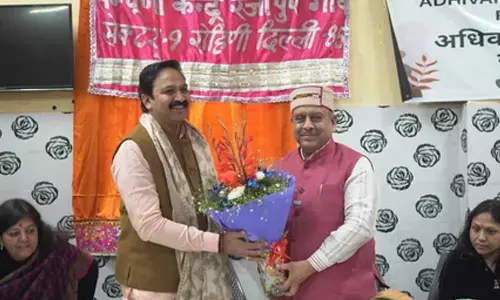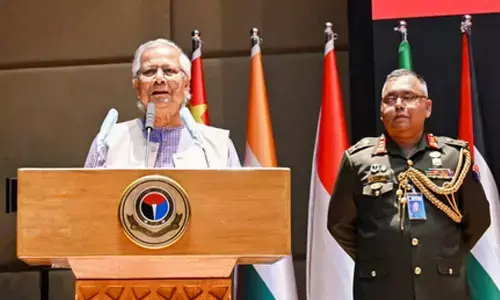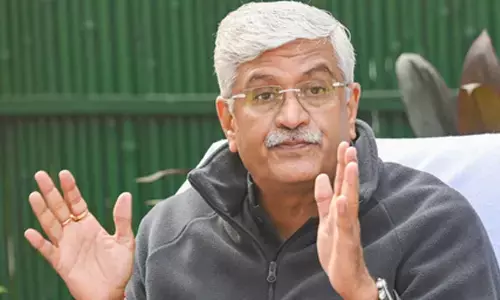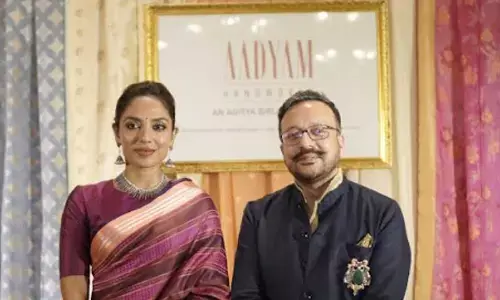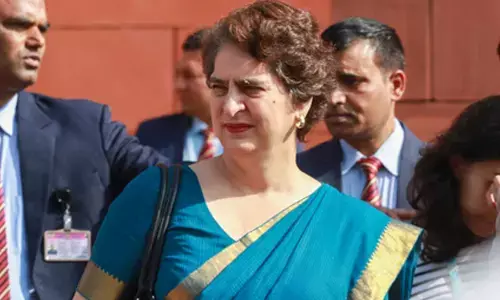Ayodhya Pran Pratishtha & thereafter
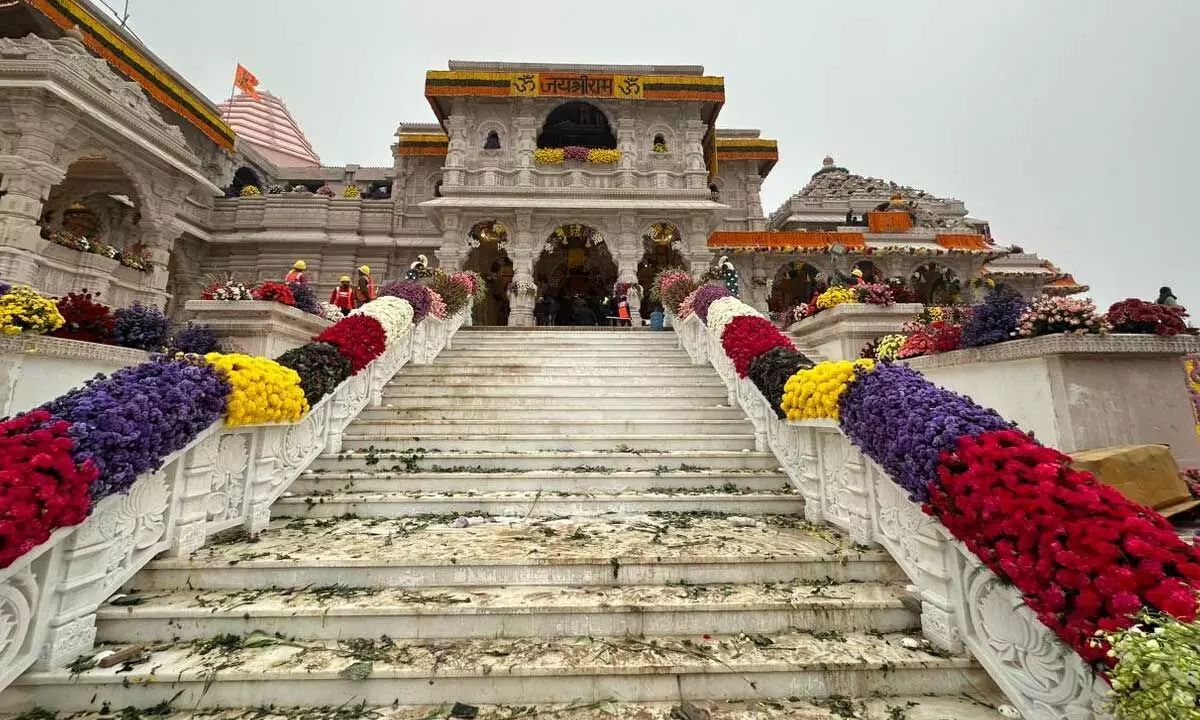
The much-awaited Pran Pratishtha ceremony at Ayodhya is now over and the temple is thrown open to the public to have a darshan of lord Rama
The much-awaited Pran Pratishtha ceremony at Ayodhya is now over and the temple is thrown open to the public to have a darshan of lord Rama. As expected, there were unusual crowds on the first day leading to a mild lathi-charge to control the devotees. Unless the trust that manages the temple and the local authorities work together to provide necessary facilities and facilitate satisfying Darshan to the pilgrims, it will not be long before resentment sets in.
We have the experiences of temples like Tirumala, Mata Vaishnavi Devi where authorities take care of a large number of pilgrims and provide them Darshan of the lord and the Devi. Some of those experiences can come in handy while planning Darshan for the pilgrims at Ayodhya.
Newspaper reports indicate that on the very first day when Darshan was made available, the number of pilgrims that came for darshan is anywhere between 2 to 3 lacs. Even if a 30-second darshan is planned with no in between break for naivedyam or other rituals as per the customs traditions and practices that are going to be established at this temple, the maximum number of pilgrims who can be given darshan would be around 40,000. Even if the Darshan time can be reduced to 10 seconds, at best 1 lakh pilgrims can have darshan of Ramlalla. Depending upon the time required for other rituals when the darshan is not made available and time during which temple is closed at night time, this can further get reduced to 30,000 to 40,000.The temple authorities will have to first assess the time available for general darshan setting apart the time required for daily rituals when the curtains are drawn and no darshan can be provided and the hours temple remains closed. Which means if on an average 2 lakh pilgrims are expected daily, it could be five days before all of them are provided darshan.
This rush of 2 lakhs per day may continue for a long time to come given the amount of public response the construction of the temple has generated across the country and will go up on festival days and special occasions. Immediate planning should be for temporary accommodation with food and other facilities for the stay of these pilgrims and a general message should be sent anybody coming for a darshan should be prepared to stay for a period of 5 days to have the darshan.
In the long run, clean, well-maintained dormitory facility on a large-scale should be planned. Clear-cut guidelines on protocol and protocol darshans should be established. Time allotted to the VIPs will cut into the darshan time of the general pilgrims who in fact will throng the temple town with nothing but devotion and faith. Except dignitaries deserving protocol all other VIPs should be treated on par with common pilgrims and should be told that they will also have to wait for their turn to get the darshan.
Since the establishment is new and is being run by a trust not by the government whatever guideline are established now will get accepted by everyone and good systems can get built over a period of time. Big industrial houses would like to have their own ostentatious accommodation built at Ayodhya. This should be totally discouraged. The message should go it is the temple of the common man, not of the privileged. The problem that temples like Tirumala suffer from like too many VIP-centric darshans and privileges should be totally done away with in Ayodhya. The fact that this temple is managed by trust not by government could make taking such decisions much easier.
Spiritual theme parks, cultural theme parks representing the cultural diversity of the country should be planned at Ayodhya. Ayodhya should become mini India. They also can be the places where devotees can spend their time waiting for their turn to have the darshan.
There should be no arjita sevas. No paid darshans. One of the worst things is to look at a temple from the angle of income. Community donations should be in a position to support the stay and food of the pilgrims. Chilkur Balaji temple near Hyderabad is being run with distinction by Soundararajan family founder trustees with no hundi and no VIP darshan. Their processes should be studied and adopted
The temple trust that manages the temple should become the focal point for Hindu religion. There should be regular meetings of different mathadipathees peetadhipathis representing the diverse streams of thoughts customs and practices as part of Hindu religion with an agenda to reform the religion and make it more socially egalitarian. Such conferences attempted at Tirumala could not take place since the then chairman of the TTD felt it was not to the liking of high command. The trust that runs this temple has no reason to be obliged to any high command.
TTD EO is also the executive officer of the Tirumala panchayat. There is no elected body. That makes it easier for the TTD to take care of the civic facilities for the pilgrims and at the same time manage and maintain the temple. That type of a system may not be possible at Ayodhya but some appropriate arrangement for coordination between the temple authorities and the municipal authorities should be worked out, which can work irrespective of who is in power at Lucknow and Delhi.
A mosque will also come up shortly in the allotted land. It will also draw huge number of pilgrims. Whatever plan that is being drawn up for Ayodhya should take that also into account and integrated harmonious facilities should be established.








